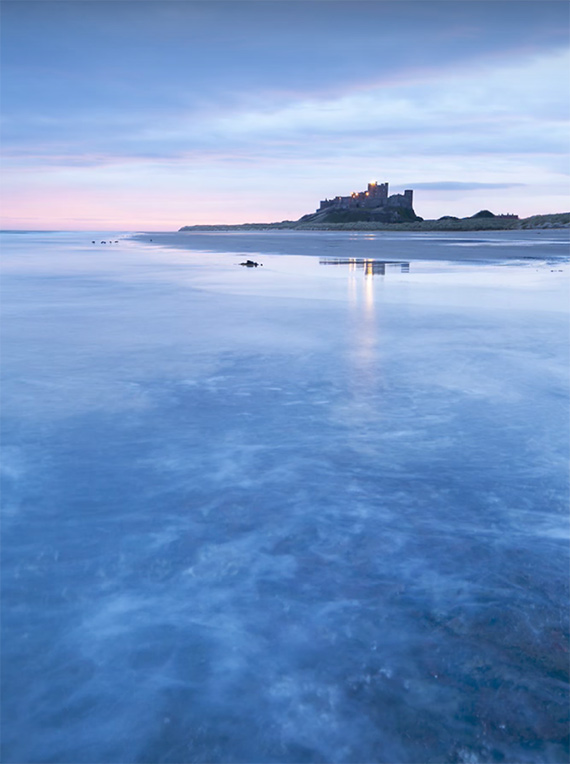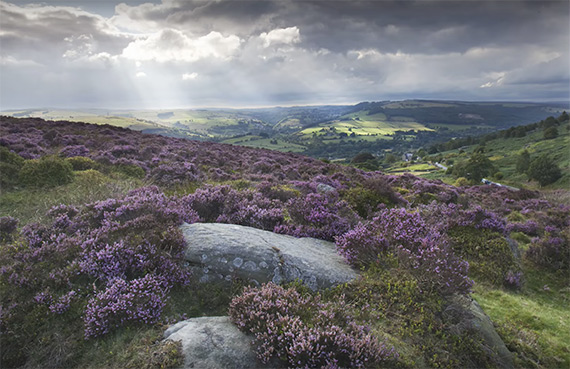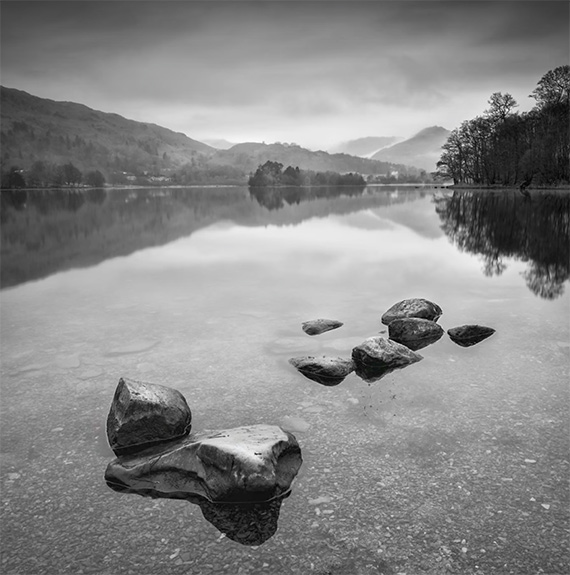While capturing landscapes may seem straightforward to the inexperienced eye, it often takes years of practice to truly perfect. Finding the gear and shooting techniques that produce the best results is a learning experience that never fully ends. Luckily for those just starting to develop an idea of what goes into a great landscape, Craig Roberts offers some insight. Listed here are just a few of his dos and don’ts of landscape photography:
- DO take advantage of what’s available locally. It’s easy to get into the “grass is always greener on the other side” mindset and overlook the beauty that lies within your own backyard. But the fact of the matter is that it’s possible to make a great landscape nearly anywhere. Whats more, it’s a good idea to practice with the materials you have around to improve on your existing skill set. When you find yourself looking over a truly impressive vista, you’ll be know exactly what to do.
- DON’T automatically opt for your widest angle lens. While it’s natural to opt for short focal lengths to capture as much land as possible, ultra wide angle lenses can also significantly distort a scene. Consider trying out lenses with longer focal lengths – you may be pleasantly surprised with the results.
- DON’T work on the assumption that you can just crop in on your subject later on. Instead, use the correct tools the first time around and try to get things right in camera as much as you possibly can. Cropping in can significantly reduce image resolution, which can be especially harmful when it comes to printing or otherwise reproducing a photograph.
- DO consider your foreground, midground, and background when seeking out a composition. Ideally, you want a landscape to take you on a sort of journey – having something going on in every part of your photograph naturally leads the eye throughout the photograph, creating a more dynamic image overall.
- DO utilize your camera’s metering capabilities to get a correct exposure. If you’re working with an image with a large dynamic range, it often helps to expose for midtones. From there, you can bump highlight or shadows to create an image that falls in line with your own personal style.
- DON’T set your lens to focus on infinity right off the bat. Instead focus a third of the way into the composition to maximize your depth of field. While it’s important to have clarity and sharpness throughout a landscape composition, you’ll find that having the greatest point of focus fall one third of the way into a composition often yields results that are most pleasing to the eye.
- DON’T restrict yourself to sunrises and sunsets. Sure, plenty of photographers are quick to praise the quality of light that comes at the golden hour. However, it’s important to experiment working with all different times of day and find the conditions that best suit your style. Though sunrises and sunsets are beautiful, they can often take away from the beauty of a landscape and ultimately serve as a distraction.
- DO consider bringing a polarizer or a graduated filter on location with you. Almost any scene you come across is going to need some form of exposure balancing – for this reason, having a compensation filter can make a huge difference. While it is true that exposure blending is possible in post with digital photography, it never hurts to do what you can to improve a scene in camera.
- DON’T opt for a ND filter on landscapes unless absolutely necessary. Nine times out of ten, there’s an option that will work more effectively in landscape and outdoor scenarios.
- DO bring along a reliable tripod. Out in the field, having something steady to rest your camera on is going to be indispensable. Tripods allow you to utilize slower shutter speeds, lower ISOs, and narrower apertures without compromising quality. In addition, a tripod is an absolute must for any sort of bracketing technique.
- DON’T be concerned over having the latest camera model. Enjoy what you’ve got on hand. After all, a great picture is not so much about the tool as it is the person working the camera.
- DON’T break your bank to get lenses or accessories outside of your budget. Just get the best that you can afford. There’s always going to be something bigger and better out there, so it can be incredibly stressful to continuously feel the need to upgrade. Instead, savor the time you have to spare exploring the world with your camera!
“You know, the most important thing about landscape photography is what’s behind the camera—you.”
Like This Article?
Don't Miss The Next One!
Join over 100,000 photographers of all experience levels who receive our free photography tips and articles to stay current:









Great tips. Thanks!